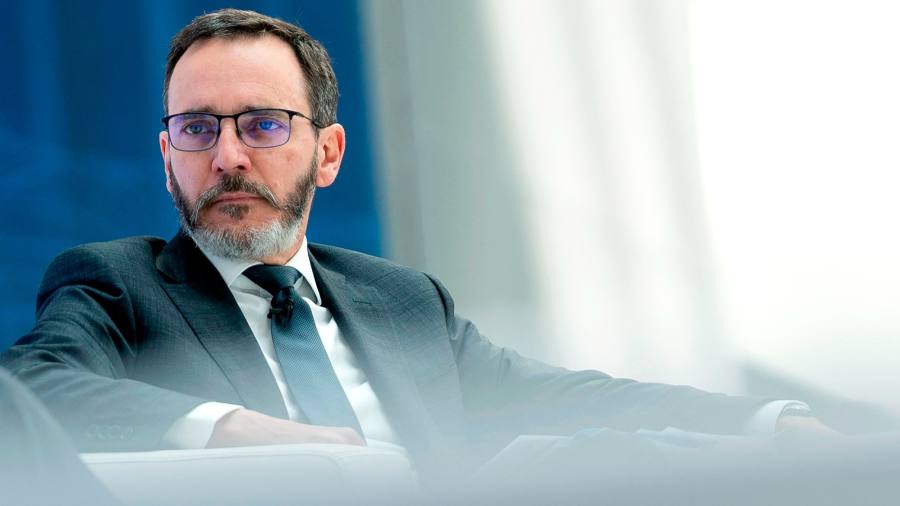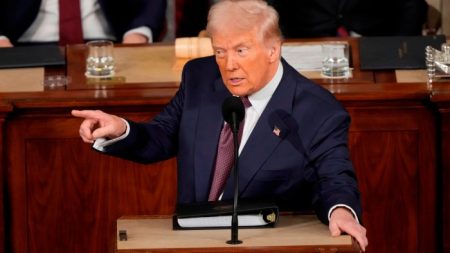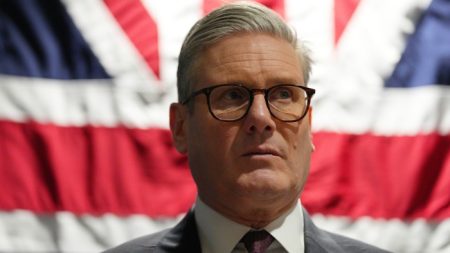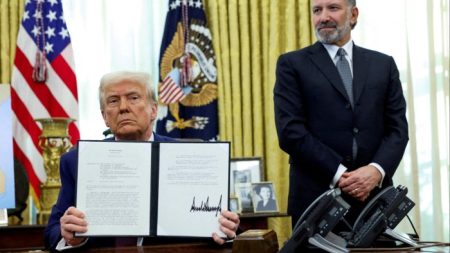Receive free Global Economy updates
We’ll send you a myFT Daily Digest email rounding up the latest Global Economy news every morning.
The risk of a crash landing for the global economy has receded, the IMF’s chief economist has said as the multilateral lender predicted 3 per cent growth this year.
In an interview with the Financial Times, Pierre-Olivier Gourinchas said the economic outlook had improved since the multilateral lender last published its projections in April amid a bout of banking sector stress.
“Things are moving in the right direction,” he said, adding there was now less danger of global growth slipping to 2 per cent or below, since the most acute financial risks had abated.
The IMF considers that the UK would now avoid recession, boosted by strong spending by consumers.
But Gourinchas cautioned that advanced and emerging economies were not “out of the woods yet”, since central banks’ efforts to temper stubbornly high inflation would still weigh heavily on growth.
Tuesday’s forecast of 3 per cent growth for the global economy is 0.2 percentage points higher than the fund predicted three months ago.
It follows a stronger than expected first quarter but is a step down from last year’s 3.5 per cent and below historical averages.
Gourinchas said the odds of a soft landing in the US — where inflation is reduced without causing excessive job losses — had increased as price pressures had eased in recent months. The consumer price index is now running at an annual pace of 3 per cent.
The fund was less optimistic on Germany’s economic prospects, forecasting a 0.3 per cent contraction this year — down from a smaller 0.1 per cent contraction in April, and maintained its call that China’s economy would grow by a modest 5.2 per cent in 2023.
Debt distress across developing economies remains a top concern despite emerging countries on the whole remaining “resilient” to financial market volatility.
A lingering fear is that, despite sharp falls in headline rates, strong labour markets and potent consumer demand will make inflation hard to fully root out. That will mean central banks will have to keep tightening their monetary policy screws.
Gourinchas anticipated little reprieve from rate-setters even as the era of “outsized hikes” comes to a close.
“We are nearing the peak of the hiking cycle, but we’re not quite there yet,” he said. “We’re going to see central banks holding where they are until they are confident enough that the economy is on the right track.”
Further rate rises are expected from the US Federal Reserve, European Central Bank and the Bank of England over the coming days, and the IMF on Tuesday urged rate-setters to avoid any “premature easing”.
Core inflation measures, which strip out changes in food and energy costs, will only very slowly return to the longstanding 2 per cent targets most monetary authorities home in on.
In 2023, the fund reckons on an annual average basis, about half of economies will not have a decline in core inflation. For advanced economies, it upgraded its near-term estimates compared to April’s figures by 0.3 per cent in 2023 and 0.4 per cent in 2024 to 5.1 per cent and 3.1 per cent, respectively.
Inflation is set to remain above target in 89 per cent of economies with such thresholds next year.
An added risk is yet another flare up in financial markets that forces the authorities to step in.
If central banks keep interest rates higher for longer than investors currently expect, “you might have at some point the market realising that [its expectations of borrowing costs are] a bit misaligned”, Gourinchas said.
At the moment markets expect central banks such as the Fed to begin cutting rates around the turn of this year. If those bets prove incorrect, “that would lead to some repricing and then you could get a chain of events that creates some volatility”.
Read the full article here















